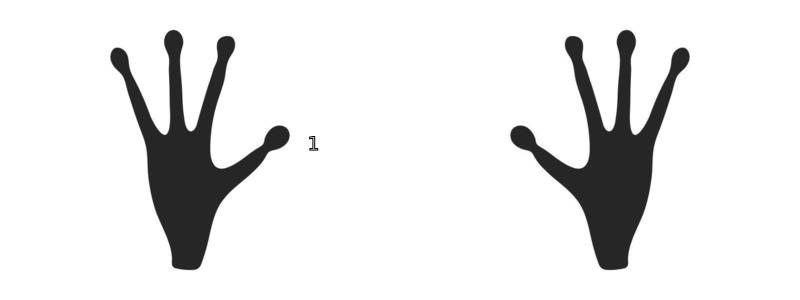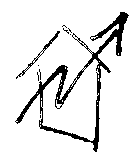Base Seven
An intelligent species (or confederation of species) might choose to use base 7 for their numeral system, no matter the exact number or nature of digits at the terminal end of their manipulative appendages.
Even entities with 8 terminal sub-appendages might use base 7.
It’s a well-known number theoretic fact that summing the digits of a place value system of number representation can help you decide if a given number is a multiple of some other number.
For example, in Terran Humans’ Base 10 system, you can sum the digits of a numerical representation of a number and immediately know if that number is a multiple of 3 or 9:
Take 1332 as an example: 1+3+3+2 = 9 (base 10). 1332 is a multiple of 3. It’s also a multiple of 9. Its Prime Factorization is 22*32*37
Entities will commonly want to know if a given number is divisible by 2 or 3. 2*3 = 6. So a base of 1 more than 6, base 7, will have place value notation representations whose digits can be summed to instantly find if the number so represented is a multiple of 2, or 3 or 6.
There’s even a convenient way to count on 2 manipulative appendages, each of which has 4 digits:

That is, all 8 fingers get used, but the “most significant finger” alternates multiples of 10 (which is 7 in base 10).
Odd numbers get counted on the left hand, even numbers on the right hand. Since 107 is odd, it gets counted on the left-hand’s most significant finger. Since 207 is even, it gets counted on the right-hand’s most significant finger.
Returning to the example of 1332: 1+3+3+2 = 12 (base 7), or 9 (base 10). 1+2 = 3 (base 7 or 10), so 13327 is a multiple of 3. Of course, 13327 == 51310, so even though the final digit is ‘2’, 13327 is an odd number.
You do have to sum digits of a representation to determine whether a base 7 representation is odd or even. There’s no trick like looking at the least significant digit in base 10: if that least significant digit is even, the number is even. The final-digit-even trick works in any even-number base.
“Decimal” expansions of fractions aren’t super convenient in Base 7. No single proper fraction has a terminating expansion, but the repeating digits follow a pattern.
| Fraction | Expansion |
|---|---|
| 1/10 | 0.06666… |
| 2/10 | 0.16666… |
| 3/10 | 0.26666… |
| 4/10 | 0.36666… |
| 5/10 | 0.46666… |
| 6/10 | 0.56666… |
| 10/10 | 1.000… |
0.066 repeating is the base 7 analog of 0.099 repeating in base 10.
I’m not entirely sure what consequences this would have for users of a Base 7 system, but it would certainly do something to how they think about the relationship between fraction representations and “decimal” expansions. Maybe base 7 native users wouldn’t be quite so baffled by the “0.99… == 1” phenomenon, where middle schoolers find out that rational numbers do not in general have a unique decimal expansion.
